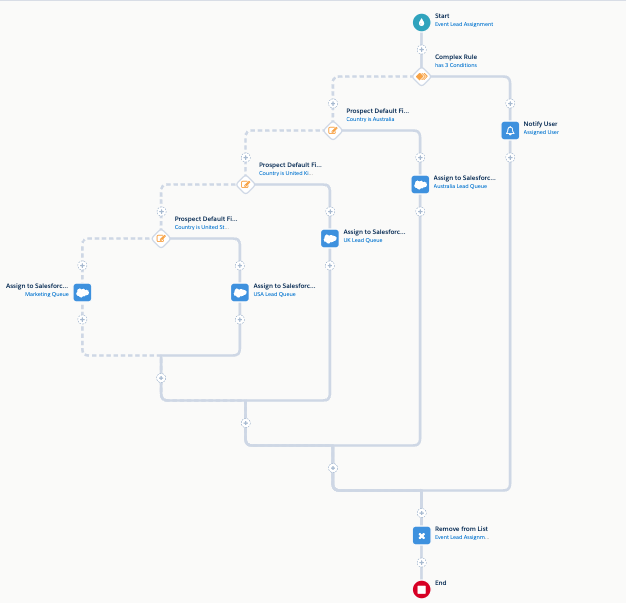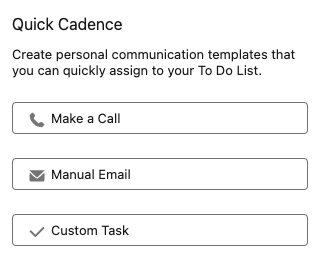Account Engagement (Pardot) Easter Egg Hunt ’23
- April 6, 2023
- Pardot Admin, Salesforce Ben | The Drip
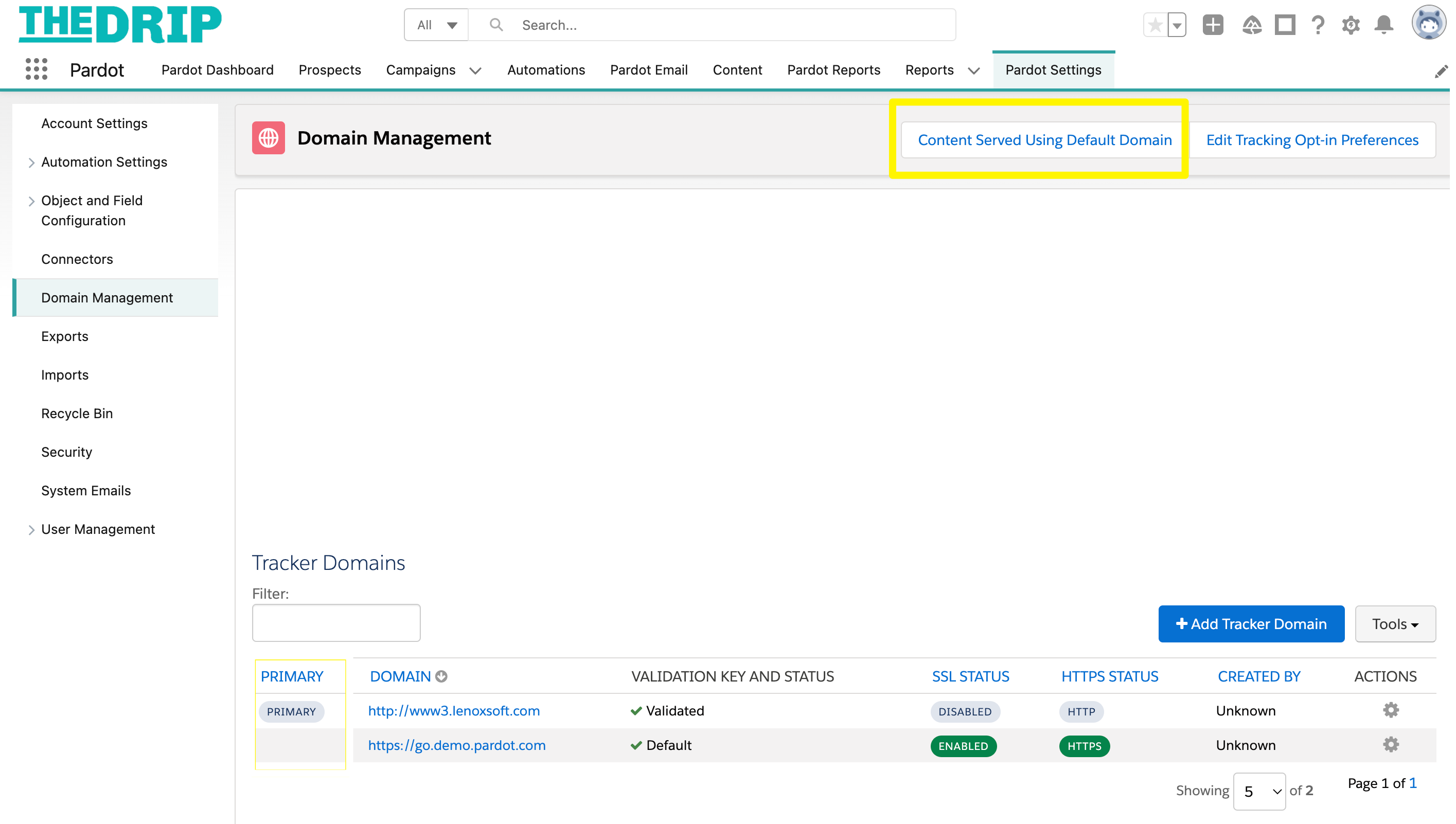

Account Engagement (Pardot) gives admins and users plenty of options to tailor their accounts to their own needs, and with the changing landscape in terms of personalization, privacy, and efficiency, more of these features crop up with each new release (and sometimes in between releases!).
If you missed these handy features and settings, then now is the time to hunt them down! Here are 8 that are hidden in plain sight…
1. Sync All Prospects
Added or amended a custom field that needs a data refresh? Want to clear a bunch of prospect sync errors?
The connector setting called “Sync All Prospects” enables you to run a full sync on your prospect database. This will be possible every 7 days when there are less than 500,000 prospects (by business unit).


This was a big win for admins. Previously, the ways to currently trigger a mass prospect sync were not ideal – either by adding new prospect fields (I’m guilty of adding dummy fields in order to kick-start a sync), or by exporting existing prospect records with their IDs, and then mass importing the same file (with IDs mapped!).
2. Conditional Groups
Conditional groups (in completion actions) allow you to add actions that fire when ‘if prospect is X, then do Y’ or ‘if field value is X, then do Y’. Without using conditional groups, Account Engagement (Pardot) just does whatever ‘Y’ is each time.
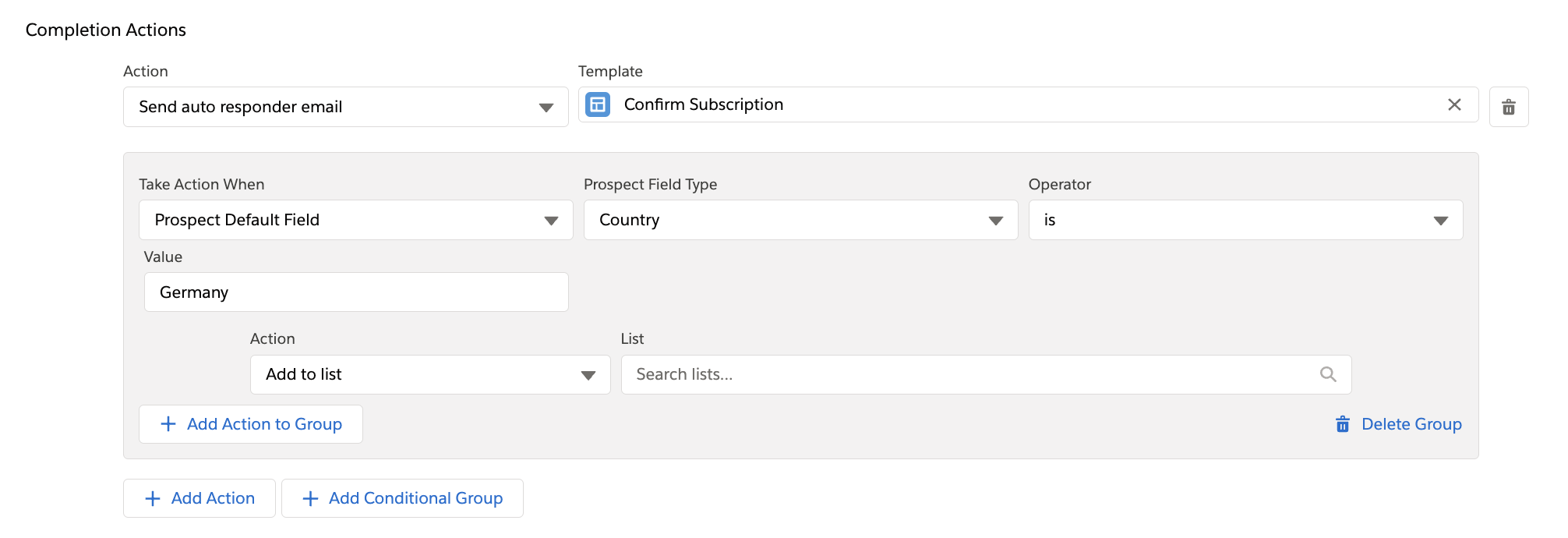

3. Content Served Using Default Domain
A security enhancement to protect customer data was rolled out in 2022, impacting Account Engagement (Pardot) customers who are using the default go.pardot.com domain for their marketing assets. The alternative (now imperative) method is to set up a custom tracker domain.
To help get to the bottom of which assets are using the go.pardot.com domain, Account Engagement (Pardot) provides a built-in tool that will ‘scan’ your assets and surface information about them in a list.
Find this in Account Engagement Settings → Domain Management → Content Served Using Default Domain (you’ll see the button at the top-right of the screen).


4. Force HTTPS Redirects
“To create a more secure browsing experience for your prospects, Account Engagement redirects (HTTP) requests to HTTPS for tracker domains that default to HTTPS” (Source). If your account was enabled before February 13, 2023, you will need to enable this setting.
Find this in Account Engagement Settings → Account Settings → Edit → Select “Force HTTPS: Redirect HTTP requests for Pardot-hosted assets to HTTPS” (you’ll need to scroll down the page to find it).


5. Tracking & Consent JavaScript API
“Tracking & Consent JavaScript API gives developers greater flexibility and control over how and when user tracking takes place.” Enabling this amends the website tracking code for your Account Engagement (Pardot) account, with the addition of a “tracker object” that will be used to interact with the API (more information here).
Find this in Account Engagement Settings → Account Settings → Edit → Select “Activate the Tracking & Consent JavaScript API” (you’ll need to scroll down the page to find it). Then, navigate to your domain settings to generate the new website tracking code.


6. External Action Errors
Account Engagement External Actions extend your reach, allowing you to take actions on prospects outside of Pardot (Account Engagement). For example, from Engagement Studio, you can register prospects for a webinar or events, send an SMS or survey, and use other third-party platforms. External actions allow us to interact with these systems via Engagement Studio and post data out to them.
The External Action Errors table identifies issues with External Action automations, steps, and actions. Navigate to: Account Engagement Settings → External Action Errors.


7. Editing Sessions
Ever had members of your team confused by someone editing an email template, when they say they have definitely exited the interface? When certain assets are being edited, they are locked from other users. While this functionality is obvious (to not have users overwrite each other’s work) these ‘ghost’ users can stick around for longer than your team wants.
You can see a list of editing sessions, and manually end sessions, by navigating to: Account Engagement Settings → User Management → Editing Sessions.
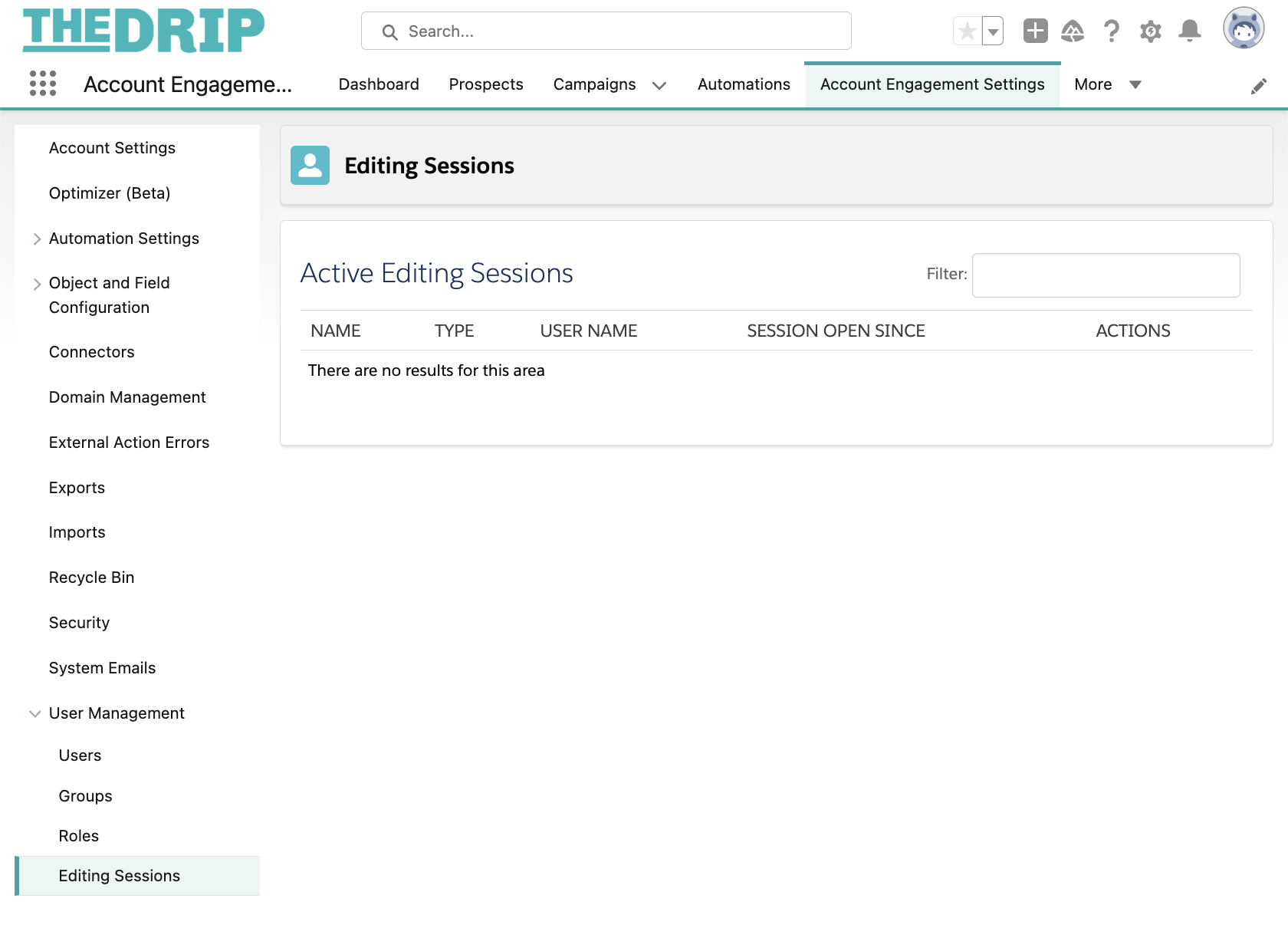

8. Prospect/Account CRM User Custom Field
The newer Lightning email builder offers more than drag-and-drop functionality. There are two additional sender options (i.e. who the email appears to be sent ‘from’):
- Account CRM user custom field.
- Prospect CRM user custom field.
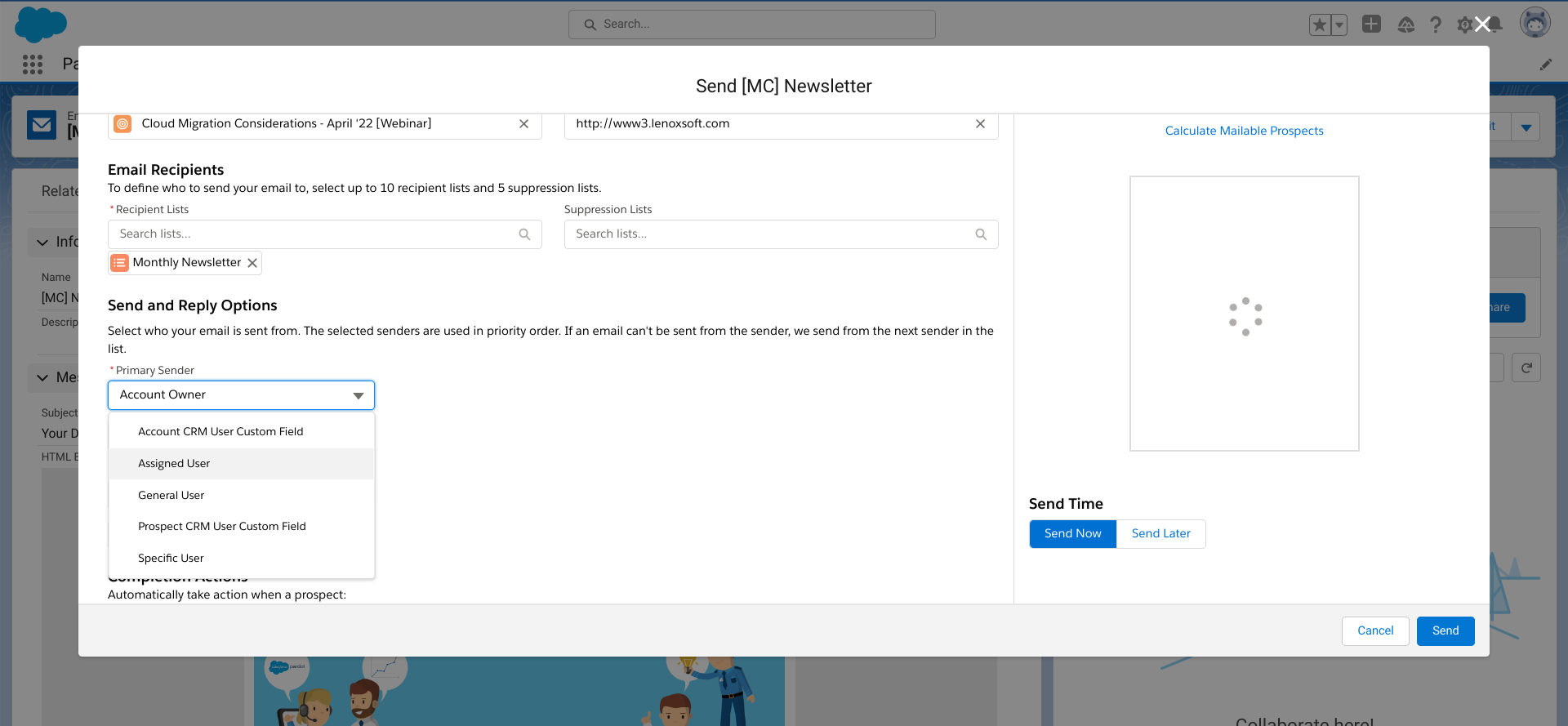

These give you more flexibility. Salesforce and Pardot records can only have one owner, namely the prospect (Lead or Contact), and Account. Use these options if you want the email to be ‘from’ a user that isn’t the prospect (Lead or Contact) or Account owner, nor do you want it to appear ‘from’ the same user for every recipient (ruling out the general user and specific user options). For example, customer success managers – prospects will likely have different customer success managers. A lookup field (custom) on the Account record to the dedicated customer success manager will enable Pardot to grab that information.
Summary
That’s all the Pardot features we think you may have missed – but can you hunt any more out? Let us know what you find in the comments!
This Pardot article written by:
Salesforce Ben | The Drip
Lucy Mazalon is the Head Editor & Operations Director at Salesforceben.com, Founder of THE DRIP and Salesforce Marketing Champion 2020.
Original Pardot Article: https://www.salesforceben.com/the-drip/account-engagement-pardot-easter-egg-hunt/
Find more great Pardot articles at www.salesforceben.com/the-drip/
Pardot Experts Blog
We have categorized all the different Pardot articles by topics.
Pardot Topic Categories
- Account Based Marketing (ABM) (7)
- Business Units (14)
- ChatGPT / AI (3)
- Completion Actions (5)
- Connectors (10)
- Custom Redirects (4)
- Data Cloud (1)
- Demand Generation (8)
- Dynamic Content (6)
- Einstein Features (12)
- Email Delivery (17)
- Email Open Rates (3)
- Pardot A/B Testing (2)
- Email Mailability (16)
- Do Not Email (1)
- Double Opt-in (2)
- Opt Out / Unsubscribe (14)
- Email Preferences Page (6)
- Engagement Studio (16)
- Industries (1)
- Non Profit (1)
- Landing Pages (9)
- Lead Generation (1)
- Lead Management (13)
- Lead Routing (3)
- Lead Scoring (16)
- Leads (3)
- Marketing Analytics – B2BMA (9)
- Marketing Automation (1)
- Marketing Cloud (3)
- Marketing Cloud Account Engagement (4)
- Marketing Cloud Growth (1)
- New Pardot Features (6)
- Opportunities (2)
- Optimization (2)
- Pardot Admin (62)
- Duplicates (1)
- Marketing Ops (1)
- Pardot Alerts (1)
- Pardot API (2)
- Pardot Automations (3)
- Pardot Careers (12)
- Pardot Certifications (4)
- Pardot Consulting (1)
- Pardot Cookies (3)
- Pardot Custom Objects (3)
- Pardot Email Builder (8)
- Pardot Email Templates (9)
- HML (6)
- Pardot Events (16)
- Pardot External Actions (1)
- Pardot External Activities (4)
- Pardot Forms (29)
- Form Handlers (8)
- Pardot Integrations (20)
- Data Cloud (1)
- Slack (1)
- Pardot Lead Grading (5)
- Pardot Lead Source (2)
- Pardot Lightning (1)
- Pardot Migration (1)
- Pardot Nurture / Drip Campaigns (1)
- Pardot Personalization (3)
- Pardot Profiles (1)
- Pardot Releases (18)
- Pardot Sandboxes (2)
- Pardot Segmentation (5)
- Pardot Strategy (7)
- Pardot Sync (2)
- Pardot Sync Errors (1)
- Pardot Tracker Domains (5)
- Pardot Training (3)
- Pardot Vs Other MAPs (4)
- Pardot Website Tracking (2)
- Reporting (21)
- Salesforce and Pardot (31)
- Marketing Data Sharing (2)
- Pardot Users (3)
- Salesforce Automation (4)
- Salesforce Flows (1)
- Salesforce Campaigns (20)
- Salesforce CRM (3)
- Record Types (1)
- Salesforce Engage (3)
- Salesforce Queues (2)
- Security and Privacy (1)
- Tags (3)
- The Authors (497)
- Cheshire Impact (9)
- Greenkey Digital (50)
- Invado Solutions (37)
- Jenna Molby (9)
- Marcloud Consulting (6)
- Nebula Consulting (58)
- Pardot Geeks (42)
- Salesforce Ben | The Drip (235)
- SalesLabX (2)
- Slalom (4)
- Unfettered Marketing (45)
- Uncategorized (1)
- Website Tracking (2)
- Website Search (1)
More Pardot Articles
See all posts
This Pardot article written by:
Salesforce Ben | The Drip
Lucy Mazalon is the Head Editor & Operations Director at Salesforceben.com, Founder of THE DRIP and Salesforce Marketing Champion 2020.
Original Pardot Article: https://www.salesforceben.com/the-drip/account-engagement-pardot-easter-egg-hunt/
Find more great Pardot articles at www.salesforceben.com/the-drip/

